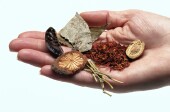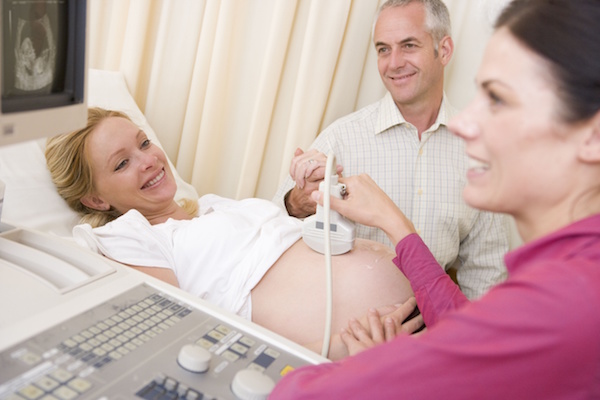
THURSDAY, Jan. 28 (HealthDay News) — Almost 12 percent of children and adolescents in the United States use complementary or alternative medicines, known as CAM, according to Harvard Medical School researchers.
Most of these children have serious chronic diseases, but little is known about the safety or effectiveness of the alternative remedies, especially when they are combined with traditional treatment, the researchers say.
The report, published in the February issue of Pediatrics, was based on information collected in 2007 as part of the U.S. government-funded National Health Interview Survey. It included data on 9,417 children younger than 18 years of age.
The researchers compared a variety of factors among those who reported using CAM and those who didn’t. But because their goal was to find out what differentiated users from non-users of non-mainstream therapies, they excluded vitamins and minerals to focus on other remedies, such as homeopathic and herbal treatments.
If parents used complementary or alternative therapies, their children were more likely to use them, too, said Dr. Gurjeet Birdee, an instructor in medicine at Harvard and the study’s lead researcher. “In addition, CAM use was more common among adolescents, children who live in the West and those that used prescription medications,” he said.
Most kids who used CAM had such chronic conditions as anxiety, stress, musculoskeletal conditions, skin conditions and sinusitis, the study reported.
But it’s important to note, Birdee said, that CAM remedies are not benign and can have side effects and serious interactions with prescription drugs.
“Health-care providers need to inquire about CAM use in households and advise patients appropriately regarding clinical efficacy, or lack thereof, and potential adverse interactions between herbs and drugs,” he said.
“Further research is necessary to guide pediatricians in making recommendations on CAM modalities for children, including potential risks and/or benefits and interactions with conventional therapies,” Birdee added.
Dr. Steven E. Lipshultz, chairman of pediatrics at the University of Miami Miller School of Medicine, also expressed concern that alternative therapies could interfere with other treatments.
“These integrated therapies are almost not appreciated at all,” Lipshultz said. “This study shows the number of kids using these therapies.”
He noted that about 66 percent children with cancer use some type of CAM. “The problem is that few cancer specialists for children, and very few families, consider the importance of asking about CAM or volunteering that information,” he said.
Some CAM treatments can interfere with traditional cancer treatments, Lipshultz said. The same could be true, he said, for children being treated for asthma, heart disease or diabetes.
A major problem is that alternative remedies have not been well studied, Lipshultz said.
The sickest children — “the ones looking for hope” — are “more likely to be using CAM,” he said. “And yet, whether they have beneficial or detrimental effects is almost totally unstudied.”
More information
The U.S. National Center for Complementary and Alternative Medicine has information for people considering CAM.

